
Table of Contents
In the digital age, data has become the lifeblood of businesses, powering decisions, driving innovation, and fueling growth. Yet, the quality of this data can vary greatly, with estimates suggesting that up to 80% of data scientists’ time is spent on data cleaning and preparation. This raises a crucial question: How can we ensure that our data is accurate, reliable, and ready for analysis? The answer lies in the intersection of artificial intelligence and data validation, a field that is poised to revolutionize the way we handle data. Welcome to the era of the Data Cleaning Revolution, where AI algorithms are transforming data accuracy at an unprecedented scale.
You might be wondering, ‘How accurate can data cleaning really be?’ Well, imagine this: A leading e-commerce company, after implementing AI-driven data cleaning, saw a 99.9% improvement in their product inventory accuracy. This isn’t an isolated incident. AI algorithms are consistently proving their mettle in data validation, promising a future where data-driven decisions are no longer hindered by inaccuracies.
In this article, we aim to demystify the Data Cleaning Revolution. We’ll delve into the world of AI data validation, exploring how these algorithms work, their benefits, and the real-world impact they’re having on businesses. By the end of this piece, you’ll have a clear understanding of how AI can transform your data cleaning process, and you’ll be equipped with the knowledge to harness this technology for your own organization. So, buckle up as we embark on this journey into the future of data cleaning!
Harnessing the Power of AI for Impeccable Data Validation
In the digital age, data is the lifeblood of businesses, powering decisions and driving growth. However, the accuracy and reliability of this data can vary greatly, leading to potential missteps and inefficiencies. This is where the power of Artificial Intelligence (AI) comes into play, offering a solution to the age-old problem of data validation. AI, with its ability to learn, adapt, and analyze vast amounts of data, can significantly enhance the process of data validation. It can identify patterns, outliers, and inconsistencies that human eyes might miss, ensuring that the data being used is accurate and reliable. AI can also automate the data validation process, reducing the manual effort required and increasing the speed and efficiency of the process. Moreover, AI can learn from each validation process, improving its accuracy over time. Imagine having an intelligent assistant that not only checks your data but also learns from it, continuously improving its ability to validate and ensure the impeccability of your data. This is the power of AI in data validation, transforming a complex, time-consuming task into a streamlined, intelligent process.

The Mounting Challenge of Dirty Data
In the digital age, data has become the lifeblood of businesses, powering decisions, driving innovation, and fueling growth. However, the sheer volume and velocity of data generated today often come with a significant challenge: ‘dirty data’.
Dirty data, a term coined to describe data that is inaccurate, incomplete, or inconsistent, poses a mounting challenge for organizations worldwide. It can originate from various sources, including human error, poor data entry, or incompatible systems. The magnitude of this problem is staggering. According to a study by IBM, poor-quality data costs the U.S. economy $3.1 trillion annually.
The impact of dirty data on businesses is profound. It can lead to inaccurate insights, skewed analytics, and flawed decision-making. For instance, a retailer might overstock a product due to incorrect sales data, leading to lost revenue and storage costs. Moreover, dirty data can compromise data integrity, leading to mistrust in data-driven processes and tools.
Traditional methods of data cleaning, such as manual data scrubbing or simple data profiling tools, often fall short in addressing the scale and complexity of today’s data challenges. These methods are time-consuming, error-prone, and cannot keep up with the speed at which data is generated. Furthermore, they fail to address the root causes of dirty data, leading to a never-ending cycle of data cleaning.
To tackle the mounting challenge of dirty data, businesses need to adopt a proactive approach. This includes investing in robust data governance, implementing automated data cleaning tools, and fostering a culture of data quality. By doing so, organizations can transform their data from a liability into a powerful asset, driving business growth and innovation.
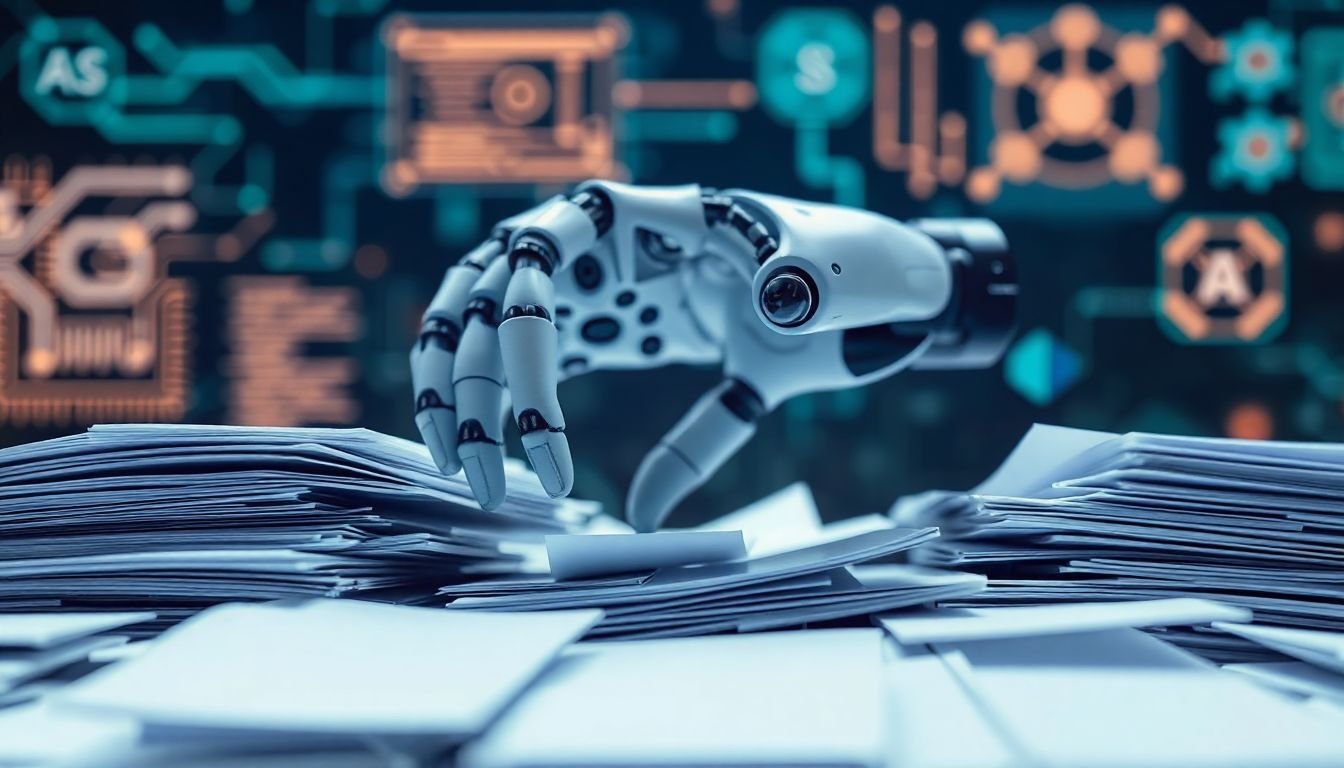
The Rise of AI in Data Cleaning
In the realm of data management, a silent revolution is underway, marked by the rise of Artificial Intelligence (AI) and Machine Learning (ML) in data cleaning. Traditionally, data cleaning, or data scrubbing, has been a labor-intensive process, relying heavily on rule-based systems. These systems, while effective, require extensive human input to define rules and can struggle with the complexity and variety of real-world data.
The shift towards AI and ML in data cleaning is not just a change in tools, but a paradigm shift in how we approach data. AI and ML can understand and learn from data in ways that rule-based systems cannot. Instead of relying on predefined rules, AI can analyze data, identify patterns, and learn from them. This ability to learn and adapt is what sets AI apart and makes it a game-changer in data cleaning.
Consider the process of data cleaning as an example. AI can be trained to recognize and correct inconsistencies, such as standardizing addresses or handling different formats of dates. Unlike rule-based systems that would require a specific rule for each format, AI can learn from examples and apply this learning to new, unseen data. This is particularly useful in handling unstructured data, where rules can be difficult to define.
Moreover, AI can improve over time. With each iteration, it can learn from its mistakes, refine its understanding, and improve its performance. This continuous learning is a significant advantage in the dynamic world of data, where new types of data and errors can emerge at any time.
However, this shift is not without its challenges. AI requires large amounts of data to train effectively, and ensuring the quality and representativeness of this data is a significant task. Additionally, AI systems are often seen as ‘black boxes’, making it difficult to understand how they make decisions. Despite these challenges, the potential of AI in data cleaning is immense, promising a future where data cleaning is not just faster and more efficient, but also more intelligent and adaptive.
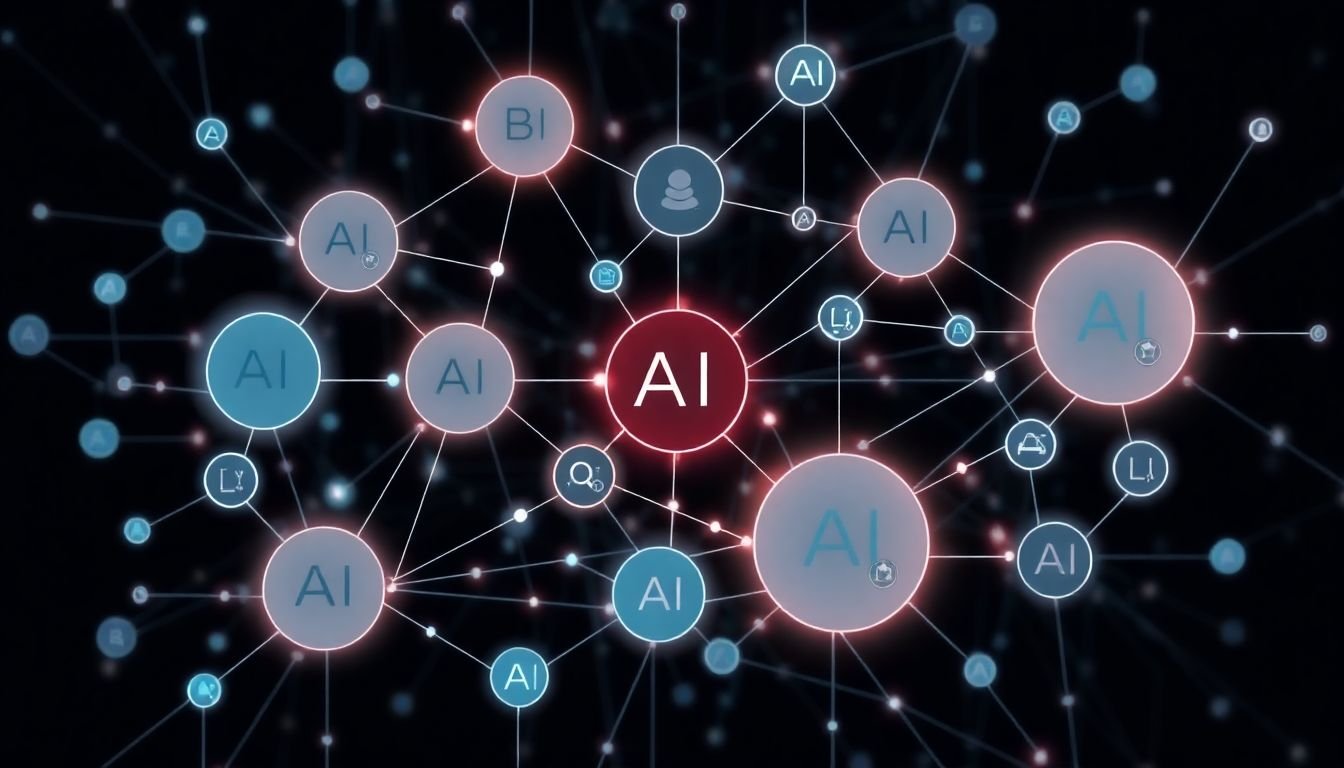
AI Algorithms: The Workhorses of Data Cleaning
Data cleaning, a critical step in the data processing pipeline, involves handling missing values, removing duplicates, and correcting inconsistent data. Artificial Intelligence (AI) algorithms have emerged as the workhorses of this process, automating and expediting tasks that were once laborious and time-consuming. Let’s delve into three key types of AI algorithms used in data cleaning: anomaly detection, clustering, and natural language processing (NLP).
Anomaly detection algorithms, such as Isolation Forest and Local Outlier Factor (LOF), are designed to identify unusual data points that do not fit the norm. They work by assigning an anomaly score to each data point, indicating its likelihood of being an outlier. For instance, Isolation Forest randomly selects features and then randomly selects a split value between the minimum and maximum values of the selected features to create binary trees. Anomalies are expected to be isolated (fewer splits) compared to normal instances, making this method efficient and effective. The benefits of anomaly detection include automated identification of errors, fraud, or unusual patterns in data.
Clustering algorithms, like K-Means and DBSCAN, group similar data points together based on certain features. They work by minimizing the intra-cluster distance (distance between data points within the same cluster) and maximizing the inter-cluster distance (distance between data points in different clusters). For example, K-Means partitions data into K non-hierarchical clusters, where each observation belongs to the cluster with the nearest mean. Clustering aids in data cleaning by identifying and removing duplicates, handling missing values by imputing based on cluster means, and correcting inconsistent data by standardizing values within clusters.
Natural Language Processing (NLP) algorithms, such as Named Entity Recognition (NER) and Text Classification, are employed to clean and structure textual data. NER works by identifying and categorizing named entities (like people, organizations, locations) in text, while Text Classification assigns predefined categories to text based on its content. These algorithms work by using machine learning models trained on large text corpora to understand the context and meaning of words. They benefit data cleaning by standardizing text (e.g., converting to lowercase, removing punctuation), correcting spelling errors, and identifying and handling missing or inconsistent data in textual fields.
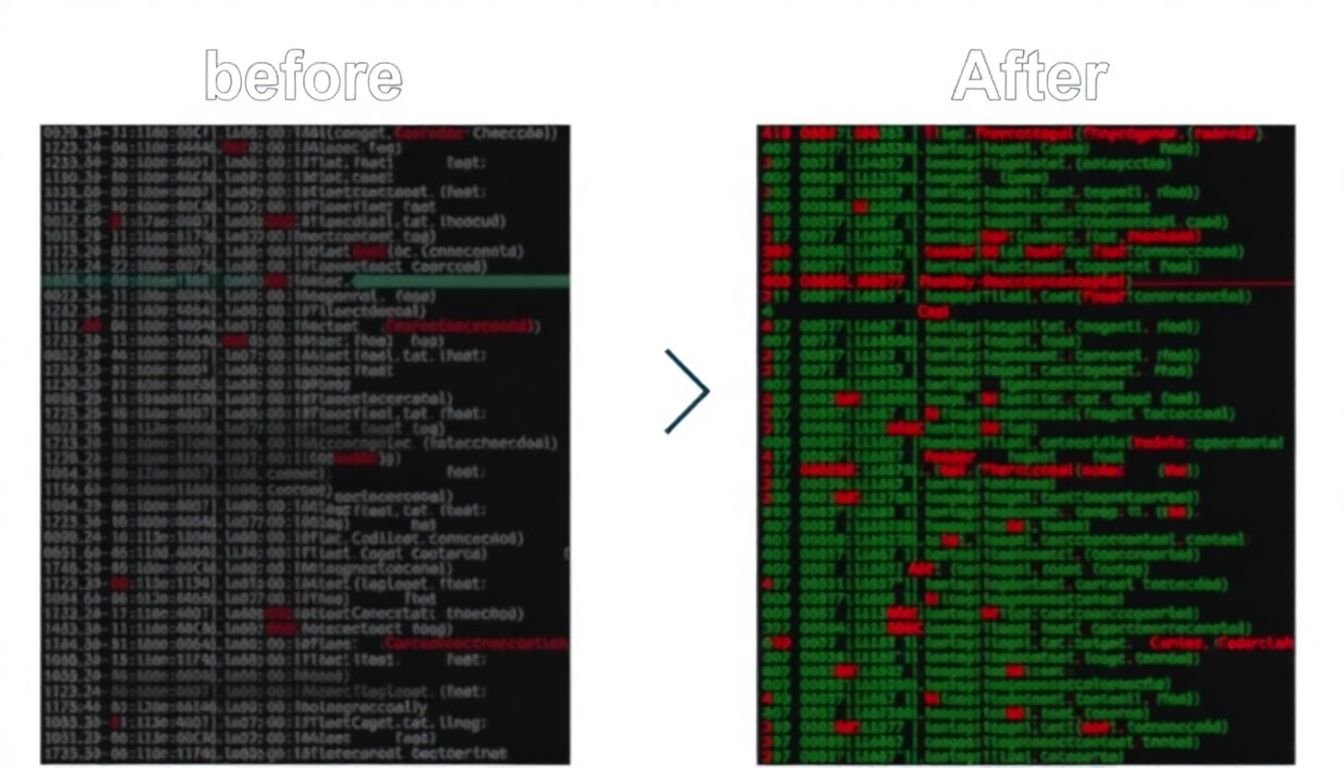
AI-Driven Data Validation Techniques
In the realm of data management, ensuring the accuracy, consistency, and completeness of data is paramount. Traditional methods of data validation can be time-consuming and error-prone, especially when dealing with large, complex datasets. This is where AI-driven data validation techniques come into play, offering efficient and accurate solutions. Let’s delve into three specific techniques: record linkage, entity resolution, and data imputation.
Record linkage, also known as entity matching, is the process of identifying and linking records that refer to the same entity across different databases. AI algorithms, such as machine learning and deep learning models, can be trained to recognize patterns and similarities between records. For instance, in healthcare, record linkage can help identify patients with multiple IDs, ensuring a holistic view of a patient’s medical history. The algorithm might compare names, addresses, dates of birth, and other attributes to link records accurately.
Entity resolution, a subset of record linkage, focuses on disambiguating entities within a single dataset. It’s about identifying and merging duplicate entries of the same entity. Consider a retail company with a customer database. An AI-driven entity resolution system can identify and merge duplicate customer profiles, providing a unified view of each customer and preventing loss of sales due to misidentified customers.
Data imputation is another AI-driven technique used to fill in missing values in a dataset. This could be due to errors in data collection or incomplete records. AI algorithms can predict these missing values based on patterns in the available data. For example, in a dataset of customer purchases, if the ‘age’ of a customer is missing, the AI model can predict it based on other available data like purchase history, location, etc. This ensures that the dataset remains complete and useful for analysis.
In conclusion, AI-driven data validation techniques like record linkage, entity resolution, and data imputation are transforming the way we handle and validate data. They offer scalable, efficient, and accurate solutions, enabling businesses to make data-driven decisions with confidence.
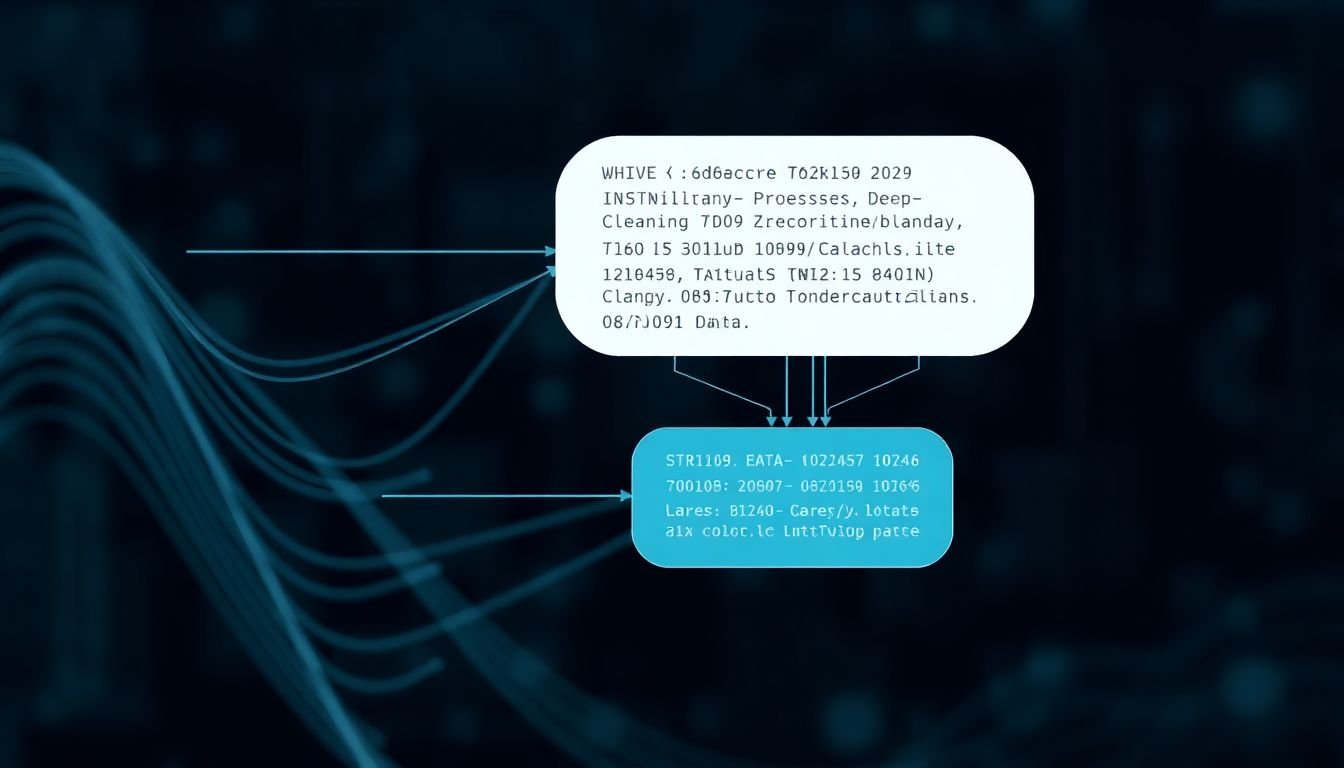
The Role of Deep Learning in Data Cleaning
In the realm of data science, the process of data cleaning often consumes a significant portion of time and resources. Traditional methods, while effective, can be labor-intensive and time-consuming. This is where deep learning, with its ability to learn and improve from data, steps in to revolutionize this critical stage. Deep learning models, such as autoencoders and generative adversarial networks (GANs), are proving to be powerful allies in the quest for clean, reliable data.
The process begins with autoencoders, a type of artificial neural network that learns to reconstruct its inputs. In the context of data cleaning, autoencoders can identify and remove noise or outliers. They work by compressing the input data into a lower-dimensional code, then reconstructing it. Any deviation from the original data during this process can indicate an anomaly, which can then be flagged for further investigation or removed.
Generative Adversarial Networks (GANs) take this a step further. GANs consist of two neural networks, a generator and a discriminator, that are trained simultaneously. The generator learns to produce new, synthetic data, while the discriminator learns to tell real data apart from fake. In data cleaning, the generator can be used to impute missing values, creating realistic, plausible data where none exists. Meanwhile, the discriminator can help identify and remove false or inaccurate data points.
To illustrate, consider a dataset with missing values and outliers. First, an autoencoder could be used to identify and remove the outliers. Then, a GAN could be employed to fill in the missing values, creating a more complete, accurate dataset. This process not only saves time but also allows for more complex, accurate analysis.
In conclusion, deep learning is transforming the way we approach data cleaning. By automating the process and learning from data, these models can significantly reduce the time and resources required, while also improving the quality of the data. As deep learning continues to evolve, its role in data cleaning is set to become even more prominent.
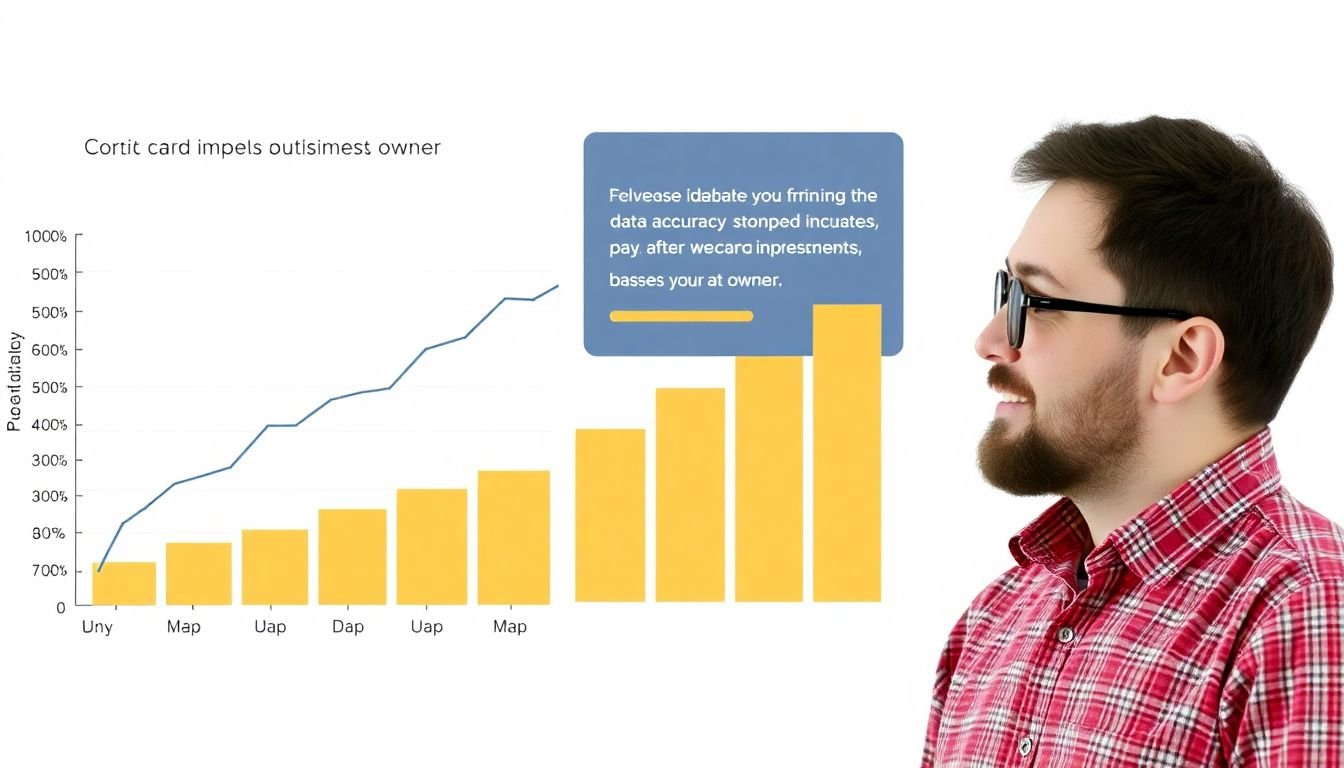
AI in Data Cleaning: Use Cases and Success Stories
In the vast landscape of data-driven decision making, the quality and reliability of data are paramount. This is where Artificial Intelligence (AI) has emerged as a game-changer, particularly in the realm of data cleaning. AI’s ability to learn, adapt, and automate has revolutionized how businesses approach data cleaning, leading to significant improvements in data accuracy and, consequently, business outcomes. Let’s delve into two compelling case studies that illustrate the power of AI in data cleaning.
The first success story unfolds at a large e-commerce platform that was grappling with inaccurate customer data, leading to poor personalization and marketing campaigns. They implemented an AI-driven data cleaning solution that employed machine learning algorithms to identify and correct inconsistencies, duplicates, and missing values. The AI system was trained on historical data and continuously learned from new data, improving its accuracy over time. The results were astonishing: a 35% reduction in data errors, a 25% increase in customer engagement due to improved personalization, and a 15% boost in sales.
Another notable example is a global logistics company that was struggling with inaccurate and incomplete data, leading to inefficiencies in route planning and delivery times. They adopted an AI-driven data cleaning solution that could handle and clean large volumes of data from various sources, including GPS, IoT devices, and manual inputs. The AI system used natural language processing (NLP) to standardize and categorize textual data, while also identifying and filling in missing values. The outcome was a 20% reduction in data errors, a 15% improvement in route planning efficiency, and a significant reduction in delivery times, leading to increased customer satisfaction and a competitive edge.
These case studies highlight the transformative power of AI in data cleaning. By automating and optimizing data cleaning processes, AI not only improves data accuracy but also frees up human resources to focus on strategic tasks. Moreover, AI’s ability to learn and adapt makes it an invaluable tool in today’s dynamic business environment. As more businesses embrace AI, we can expect to see even more innovative use cases and success stories in the realm of data cleaning.

Challenges and Limitations of AI in Data Cleaning
Data cleaning, a critical step in the data processing pipeline, is a task that AI has shown significant promise in. However, it’s not without its challenges and limitations. One of the primary concerns is data privacy. AI models, especially machine learning algorithms, often require large amounts of data to train effectively. This data can contain sensitive information, raising privacy concerns. Ensuring that data is anonymized or pseudonymized before use is a complex task, and there’s always a risk of re-identification. Moreover, AI models may inadvertently leak sensitive information during the cleaning process, a phenomenon known as model inversion attacks.
Another challenge is explainability, or the lack thereof. AI models, particularly deep learning models, are often ‘black boxes’. They can identify patterns and anomalies in data, but explaining how they arrived at those conclusions is difficult. This lack of explainability can be problematic in data cleaning, as it’s hard to verify if the model is cleaning the data accurately or if it’s introducing errors. For instance, if a model removes certain data points as outliers, it’s crucial to understand why it considered them outliers to ensure the model’s decision is sound.
Lastly, there’s the need for human oversight. While AI can automate many data cleaning tasks, it’s not a replacement for human expertise. AI models may struggle with domain-specific knowledge or nuanced context that humans can easily understand. For example, an AI might not recognize that a certain data point is an error due to a known issue in the data collection process. Therefore, human oversight is necessary to catch and correct such errors. Furthermore, AI models can introduce biases into the data cleaning process if not properly trained or monitored, which humans can help mitigate.

The Future of Data Cleaning: AI and Beyond
In the rapidly evolving landscape of data management, the future of data cleaning is not just about refining existing methods, but also about embracing innovative technologies that promise to revolutionize the way we handle and process data. One such trend is active learning, which allows machine learning models to learn from and improve on their own mistakes. This iterative process enables the model to actively seek out and correct its errors, significantly reducing human intervention and speeding up the data cleaning process.
The concept of federated learning is another exciting development. This decentralized approach allows data to be processed locally on individual devices or servers, with only the model updates being shared. This not only enhances data privacy but also reduces the computational burden on central servers, making it an ideal solution for large-scale, distributed data cleaning tasks.
However, the most transformative trend in data cleaning is perhaps the integration of artificial intelligence (AI) with other technologies. AI, with its ability to learn, adapt, and make predictions, can significantly improve the efficiency and accuracy of data cleaning. For instance, AI can be used to identify and correct anomalies, fill in missing values, and even predict and prevent data errors before they occur. Moreover, the integration of AI with blockchain technology can provide an additional layer of security and transparency to data cleaning processes. Blockchain can ensure the integrity and immutability of data cleaning records, providing a robust audit trail and enhancing trust in the data cleaning process.
In conclusion, the future of data cleaning is not just about cleaning data, but also about learning from it, protecting it, and leveraging it to drive innovation. With active learning, federated learning, and the integration of AI and blockchain, we are on the cusp of a new era in data cleaning, one that promises to be more efficient, more secure, and more intelligent than ever before.
FAQ
What is the Data Cleaning Revolution and how does AI fit into it?
How do AI algorithms improve data accuracy?
What are some common data inaccuracies that AI can address?
- Duplicate records
- Inconsistent data formats (e.g., dates, addresses, names)
- Missing values
- Inaccurate or outdated information
- Incorrect data types
- Data entry errors
How does AI data validation differ from traditional methods?
Can AI ensure 100% data accuracy?
How do AI algorithms handle missing data?
- K-Nearest Neighbors (KNN)
- Decision Trees
- Random Forest
- Gradient Boosting Machines (GBM)
- Neural Networks
These methods can provide more accurate imputations than traditional statistical methods.
How can AI help maintain information accuracy over time?
What are some challenges in implementing AI for data cleaning?
- Data quality: AI algorithms require high-quality data to train on. If the training data is inaccurate, the AI model’s performance may suffer.
- Explainability: AI models, particularly complex ones like deep neural networks, can be ‘black boxes’, making it difficult to understand how they make decisions. This lack of explainability can be a challenge in regulated industries or where transparency is important.
- Resource requirements: Training and deploying AI models can require significant computational resources, which may be a barrier for some organizations.
How can organizations get started with AI for data cleaning?
- Assess your data: Understand the nature and quality of your data. Identify the types of inaccuracies that are most prevalent.
- Choose the right tools: Select AI data cleaning tools that are suitable for your organization’s needs and resources. These could be commercial software, open-source libraries, or custom-built models.
- Pilot projects: Start with small, pilot projects to test the effectiveness of AI for your specific use case. This can help you refine your approach and build a business case for wider adoption.
- Training and upskilling: Ensure your team has the skills needed to work with AI tools. This may involve training or hiring staff with relevant expertise.